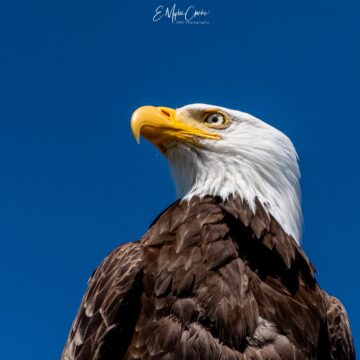by David Greer

Countries love their symbols. But what do those symbols tell us?
One of President Biden’s final actions before handing over the keys to the White House was to sign into law a unanimous bipartisan bill, perhaps one of the last of those for a good long time, declaring the bald eagle (Haliaeetus leucocephalus) the national bird of the United States of America.
Cue media yawn. December 2024 was too replete with Trumpian outrage (for and against) to notice. Besides, hadn’t the eagle as national symbol been settled a couple of hundred years ago?
Actually, more like 250 years ago, when the Continental Congress, having loosed the chains of empire, decided in 1782 to insert the image of a bald eagle on the Great Seal of the United States. On it, the eagle clutches an olive branch in one talon, a sheaf of arrows in the other – prepared for peace or war as circumstances require. The bald eagle must have seemed an obvious pick as a national symbol, the epitome of strength and independence and native to every state in the union. Generations of Americans grew up assuming the bald eagle was their national bird, but that status didn’t become official until the 2024 bill, introduced by Amy Kobuchar, sailed through both the Senate and House and landed on the president’s desk. Read more »
